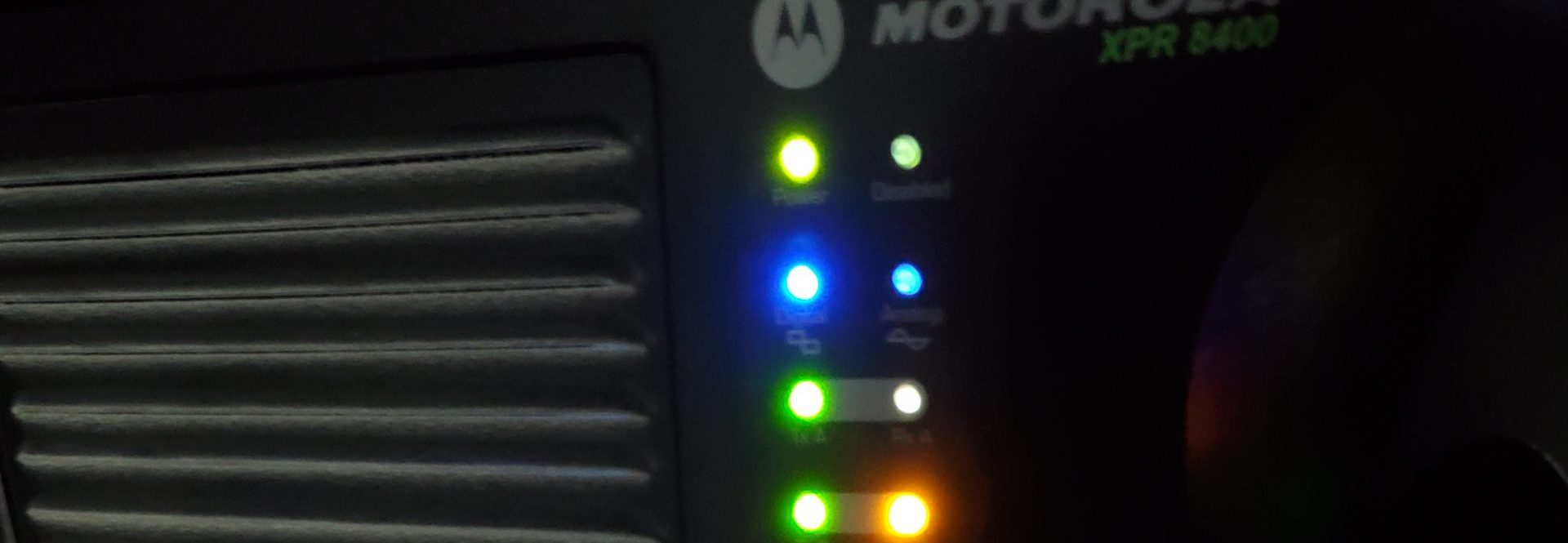VHF Simplex 145.790
UHF Simplex 446.075
George, N1YAE, is asking if anyone wants to experiment with DMR Simplex. We have been using 145.790 (VHF) or 446.075 (UHF) in Southern NH.
Those of us who have been on analog simplex are amazed at the elimination of noise for weaker signals.
It does make simplex more enjoyable.
Unfortunately, there are not a lot of DMR hams that will use it. They go where the action is…to the repeaters and jump around on talkgroups for swl entertainment and QSOs.
Especially in the Central NH Lakes Region where the DMR ham population is rather sparse, the repeaters are the focal point. To maximize the simplex experience and experimentation, I would suggest hilltops or mountain tops, i.e. SOTA (Summits On The Air). We did have a couple of hams drive up Mt. Washington and experiment with DMR range on repeaters and on simplex.
Several technical factors will be noted:
- Our best 2-way DMR repeater DX is about 110 miles. This is due to the TDMA 30 ms. Tx/Rx handshake cycle required for synching up with a repeater.
- You can hear a DMR repeater hundreds of miles away when there is tropo propagation. But don’t bother trying to talk on it beyond 100 miles.
- DMR simplex will go farther. It does not require the repeater handshake. Traditional DMR simplex occupies BOTH timeslots.
- A new Dual Mode DMR Simplex is now available on Motorola radios.
- It is very useful in commercial applications where a company has an FCC license for a frequency. Then two different departments can have independent communication on the licensed frequency.
- Use Talk Group 99, Color Code 1, Time Slot 1 (although for most radios the Time Slot does not apply since simplex occupies both Time Slots).
73,
Bill, NE1B
